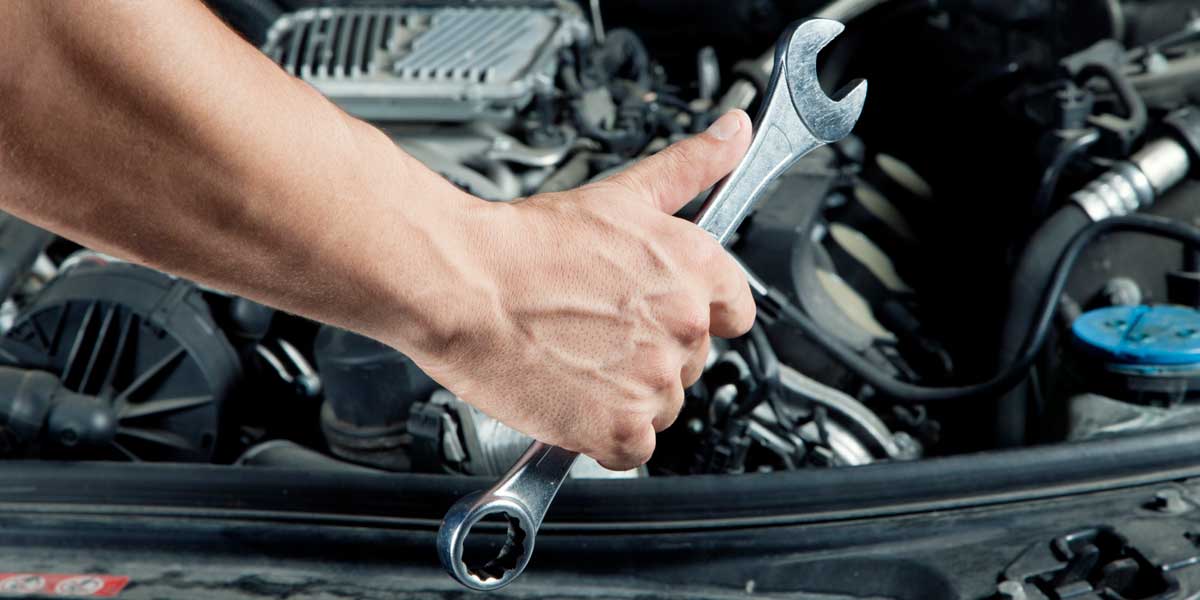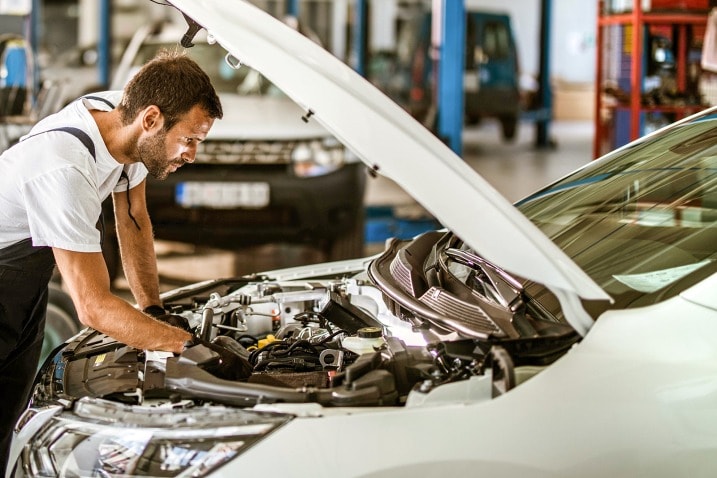All Categories
Featured
Your vehicle's suspension system plays a crucial function in providing a steady and smooth experience, ensuring that you preserve control on different surfaces. Follow these steps to guarantee your suspension system continues to be in ideal problem.
![]()
Dripping Liquid: Shocks or struts may leakage oil when they're put on. Harmed Springs: A drooping or uneven position might show a busted springtime. Used Bushings or Sphere Joints: Fractures, rips, or unusual motion throughout operation suggest wear. Corrosion or Rust: Over time, steel components may rust, bring about weakened parts. Deal with any type of problems without delay by consulting a specialist auto mechanic.
![]()
Feathered Footstep: Indicates bad alignment. Hairless Sides: Suggests used shocks or shows off creating excessive jumping. Turn your tires regularly and preserve the right tire stress to lower strain on the suspension system. 3. When Necessary, change Shocks and Struts. Shocks and struts are important to your suspension's performance. Indications they require replacing consist of:
A bouncy or rough trip. When braking, nose-diving. Extreme body roll when turning. Changing these parts at the advised intervals (every 50,000 to 100,000 miles, depending upon driving problems) can bring back ride top quality and handling.
Prevent driving over potholes, curbs, and speed bumps at broadband. Take corners gently to avoid excessive side forces. Reduce on rough roadways to decrease deterioration. 6. Set Up Routine Alignments. Wheel positioning guarantees that your tires and suspension job harmoniously. Misaligned wheels can trigger guiding problems, uneven tire wear, and extra tension on suspension components. Arrange an alignment inspect each year or after hitting a considerable pothole.
![]()
Conclusion. A properly maintained shock absorber boosts driving comfort, improves safety and security, and expands the life of your car. By remaining positive with assessments, dealing with issues quickly, and driving sensibly, you can preserve this vital system for several years ahead. Invest in appropriate suspension upkeep today, and enjoy a safer, smoother trip on every journey.

- Inspect Suspension Elements Frequently. Regular visual evaluations can assist recognize possible issues early. Seek the adhering to signs:
Dripping Liquid: Shocks or struts may leakage oil when they're put on. Harmed Springs: A drooping or uneven position might show a busted springtime. Used Bushings or Sphere Joints: Fractures, rips, or unusual motion throughout operation suggest wear. Corrosion or Rust: Over time, steel components may rust, bring about weakened parts. Deal with any type of problems without delay by consulting a specialist auto mechanic.

- Screen Tire Wear. Irregular tire wear typically indicates suspension troubles. For example:
Feathered Footstep: Indicates bad alignment. Hairless Sides: Suggests used shocks or shows off creating excessive jumping. Turn your tires regularly and preserve the right tire stress to lower strain on the suspension system. 3. When Necessary, change Shocks and Struts. Shocks and struts are important to your suspension's performance. Indications they require replacing consist of:
A bouncy or rough trip. When braking, nose-diving. Extreme body roll when turning. Changing these parts at the advised intervals (every 50,000 to 100,000 miles, depending upon driving problems) can bring back ride top quality and handling.
- Stay Clear Of Overloading Your Car. Overloading your cars and truck places unneeded tension on the shock absorber. Surpassing your lorry's weight ability can result in early wear and reduced efficiency. Constantly examine your proprietor's handbook for the maximum load limit and pack appropriately.
- Be Mindful of Your Driving Habits. Driving actions significantly impact the health of your shock absorber. To decrease strain:
Prevent driving over potholes, curbs, and speed bumps at broadband. Take corners gently to avoid excessive side forces. Reduce on rough roadways to decrease deterioration. 6. Set Up Routine Alignments. Wheel positioning guarantees that your tires and suspension job harmoniously. Misaligned wheels can trigger guiding problems, uneven tire wear, and extra tension on suspension components. Arrange an alignment inspect each year or after hitting a considerable pothole.
- Lubricate Moving Parts. Some suspension elements, like sphere joints and bushings, take advantage of occasional lubrication. This lowers friction, minimizes wear, and prolongs their life expectancy. Examine your owner's guidebook or consult your auto mechanic for specific lubrication suggestions.
- Focus On Normal Specialist Inspections. While DIY upkeep helps, professional examinations are necessary for determining covert troubles. Experts can examine hard-to-spot issues like used control arms or hidden architectural damage. Regular assessments likewise provide satisfaction, ensuring all components are operating correctly.

Conclusion. A properly maintained shock absorber boosts driving comfort, improves safety and security, and expands the life of your car. By remaining positive with assessments, dealing with issues quickly, and driving sensibly, you can preserve this vital system for several years ahead. Invest in appropriate suspension upkeep today, and enjoy a safer, smoother trip on every journey.
Latest Posts
Unique Wedding Ideas to Reflect Your Love Story
Published Jan 08, 25
1 min read
A-Abel Roofing: Your Tinley Park Roofing Specialists
Published Jan 08, 25
1 min read
Maintenance Tips for Prolonging the Life of Your Custom Wood Gates and Fences
Published Jan 08, 25
1 min read